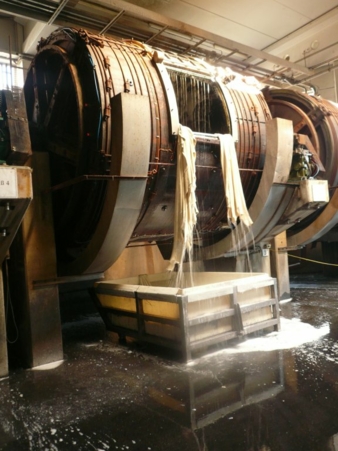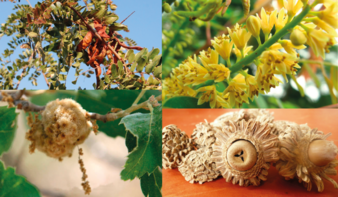28/08/2019 – Leather — auf Deutsch lesen
Comeback of natural tanning agents
The art of tanning is almost as old as the history of humankind, making it one of the oldest crafts on earth.
Traditional tanning agents were extracted exclusively from selected plants. However, increasing demand for leather, industrialisation and R&D revolutionised the tanning process. Over time, vegetable tanning agents were scaled down to a minimum and replaced with the faster and cheaper process of chromium tanning.
Back to the roots
For the past ten years, there has been a strong desire to return to more environmentally friendly methods, leading to the rediscovery of natural tanning agents – without fuelling the deforestation of tropical rain forests or the cultivation of huge monocultures! Preference is given to tanning agents that can be extracted from parts of harvestable plants. These include leaves or fruit such as the ripe, tannin-rich cupules (acorns) of various Mediterranean oaks, or the pods of the tara tree; rhubarb roots can also be exploited once the rhubarb above the ground has been harvested. The tannin-rich plant parts are chopped, leached with water and concentrated into an extract. The tanner uses this extract to create a tanning liquor which transforms the hide into a valuable natural leather. The return to naturally tanned leather, such as chamois leather, which is prepared with the help of fish oil and atmospheric oxygen, and vegetable tanned leather, very much reflects the spirit of the times. Consuming less and choosing quality over quantity, is giving new opportunities to natural leathers especially when the product’s sustainability can be traced back across the production chain.
Read more on our german website.





